Big cats, the majestic apex predators of the animal kingdom, are fascinating creatures known for their grace, strength, and survival skills. From the icy tundras of Siberia to the sweltering plains of Africa, these formidable animals have adapted to withstand some of the most extreme weather conditions on the planet. This article explores the incredible adaptations and survival strategies that enable big cats to thrive in such diverse and challenging environments.
The Diversity of Big Cats
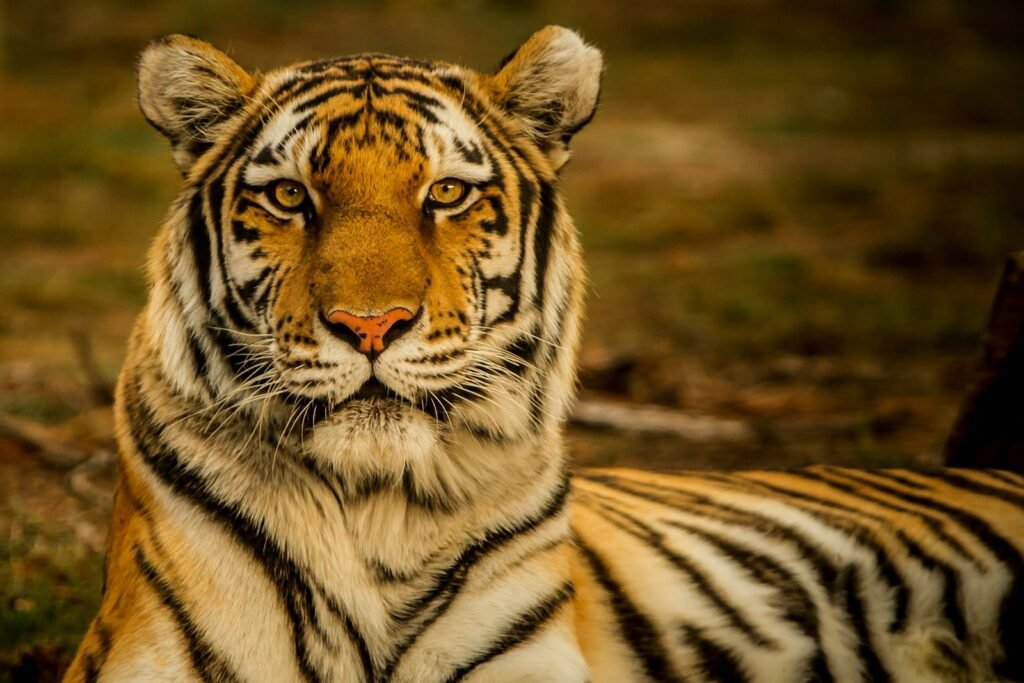
The family of big cats includes species such as tigers, lions, leopards, jaguars, snow leopards, and cheetahs. Each species is uniquely equipped with adaptations that help them survive in their specific habitats. While they share similar characteristics such as sharp claws and powerful muscles, their survival strategies differ based on their environment and the climate challenges they face.
Cold Climate Adaptations
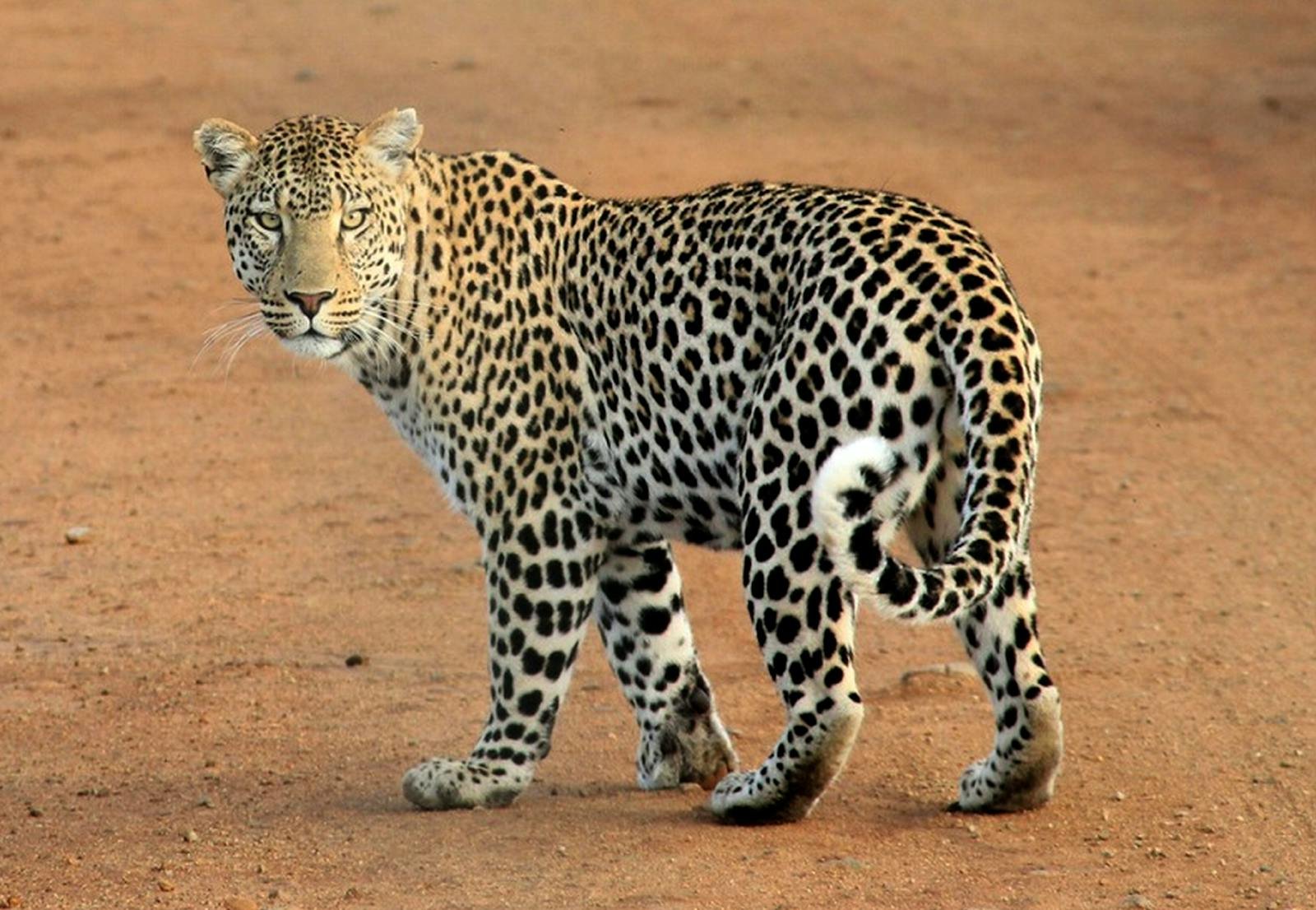
In cold environments, such as those inhabited by the Siberian tiger, big cats have developed thick fur to insulate against freezing temperatures. This dense fur traps body heat, while a layer of fat beneath the skin provides additional warmth. Their large paws act like snowshoes, distributing their weight to prevent sinking into deep snow, facilitating easier movement across snowy terrains.
Camouflage as a Survival Tool
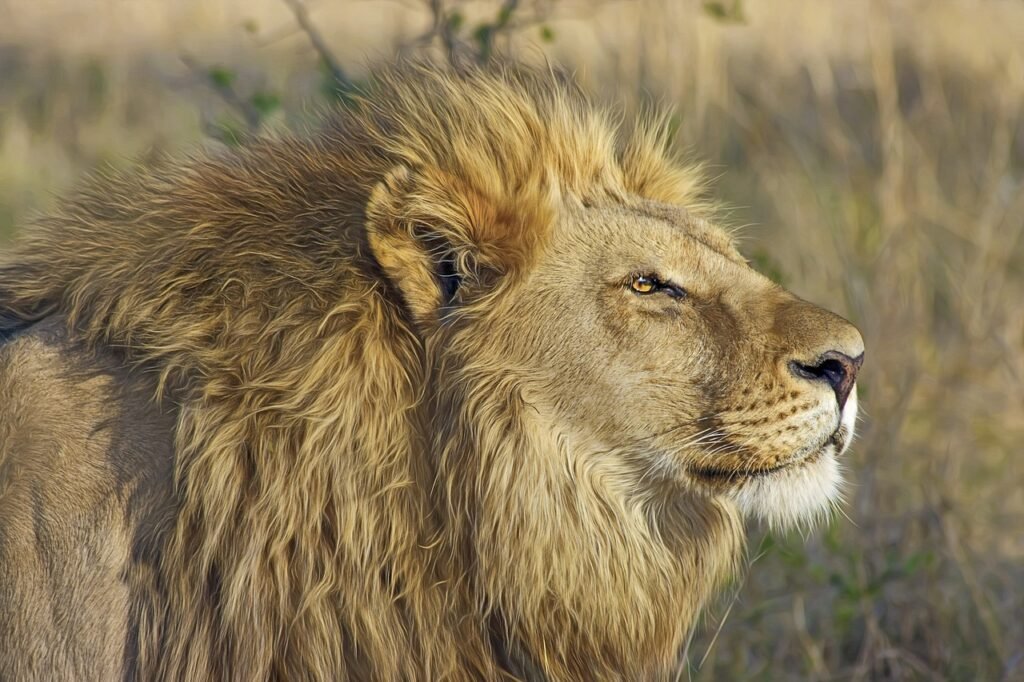
Camouflage is crucial for big cats in all climates. The snow leopard’s pale, spotted coat perfectly blends with the rocky, snowy landscapes of the mountains it calls home, making it nearly invisible to both prey and potential threats. Similarly, the tawny coat of the African lion allows it to merge seamlessly with the golden grasses of the savannah during hunts.
Heat Management Strategies
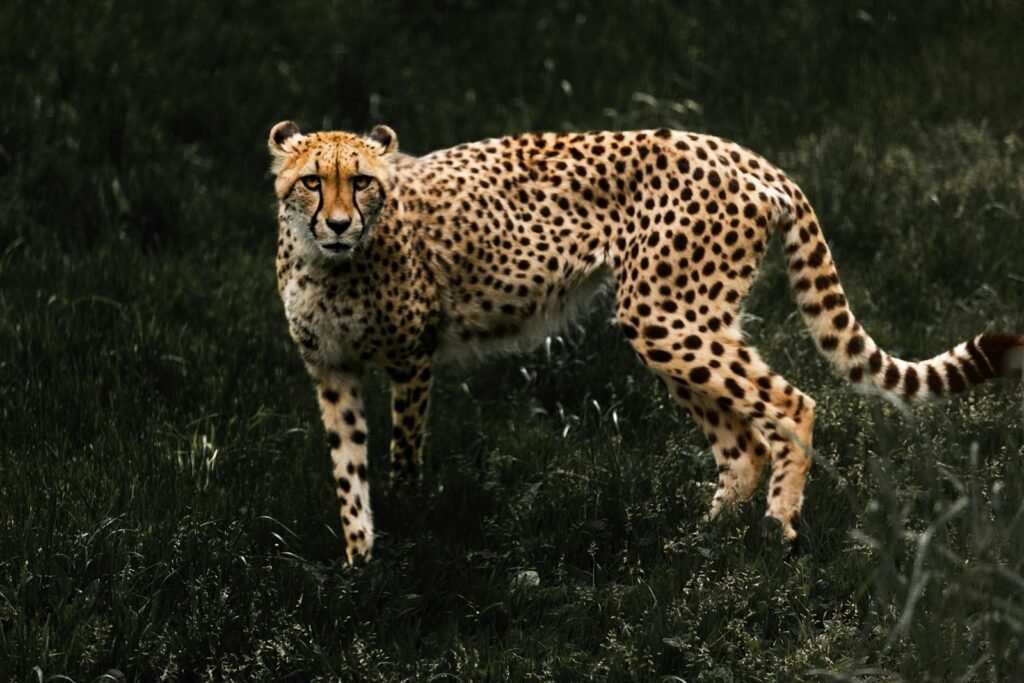
In searing heat, big cats like lions and cheetahs have evolved strategies for thermoregulation. To cope with high temperatures, these animals are mostly active during the cooler parts of the day—dawn and dusk—and rest during the heat of midday. Their short, light-colored fur also reflects sunlight, helping them to stay cool.
Dietary Adaptations
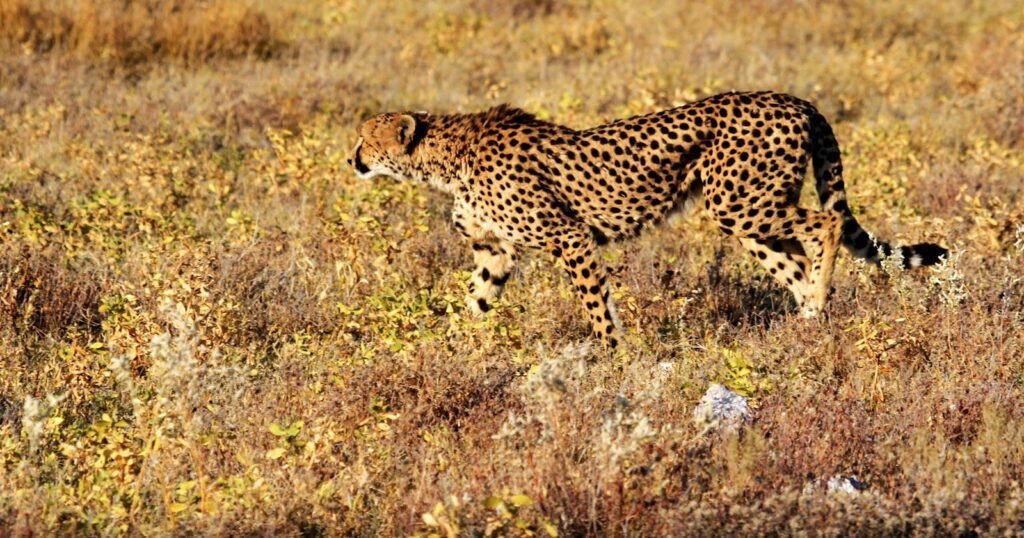
The dietary habits of big cats are finely tuned to their environment. In colder regions, such as those inhabited by the Siberian tiger, large amounts of fat-rich prey help maintain body warmth. In contrast, big cats in arid regions have adapted to go without water for longer periods by obtaining much of their moisture from their prey.
Physical Adaptations for Hunting
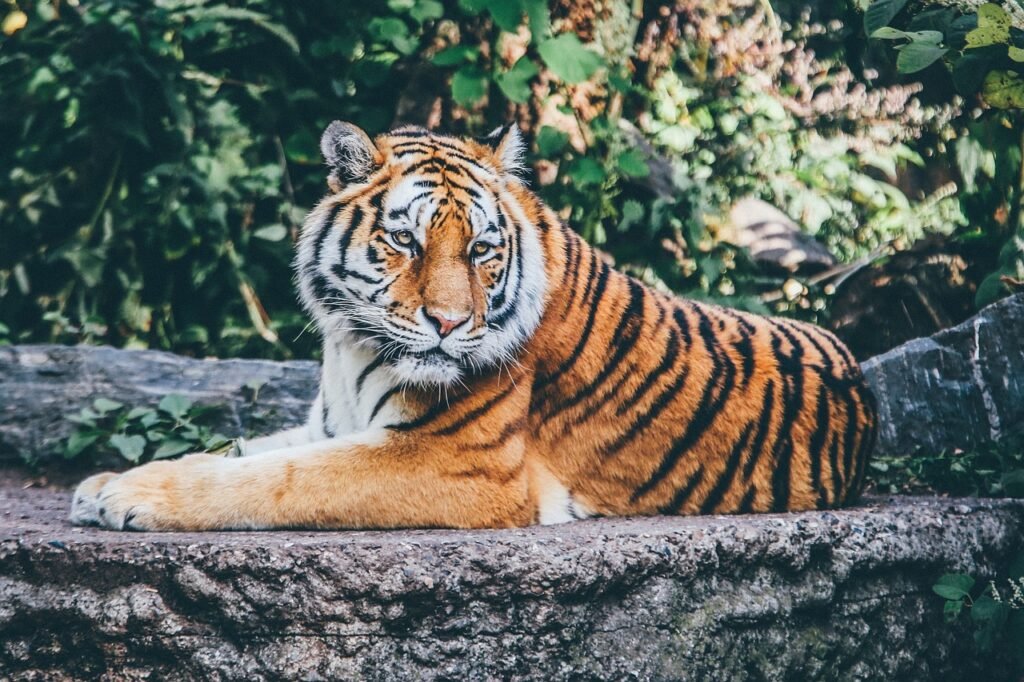
Big cats are renowned for their hunting prowess. Tigers, for instance, are powerful swimmers and will often hunt in water. In contrast, cheetahs rely on unmatched speed to chase down prey across the plains. These physical adaptations are essential for catching food in diverse conditions.
Social Behavior and Territoriality
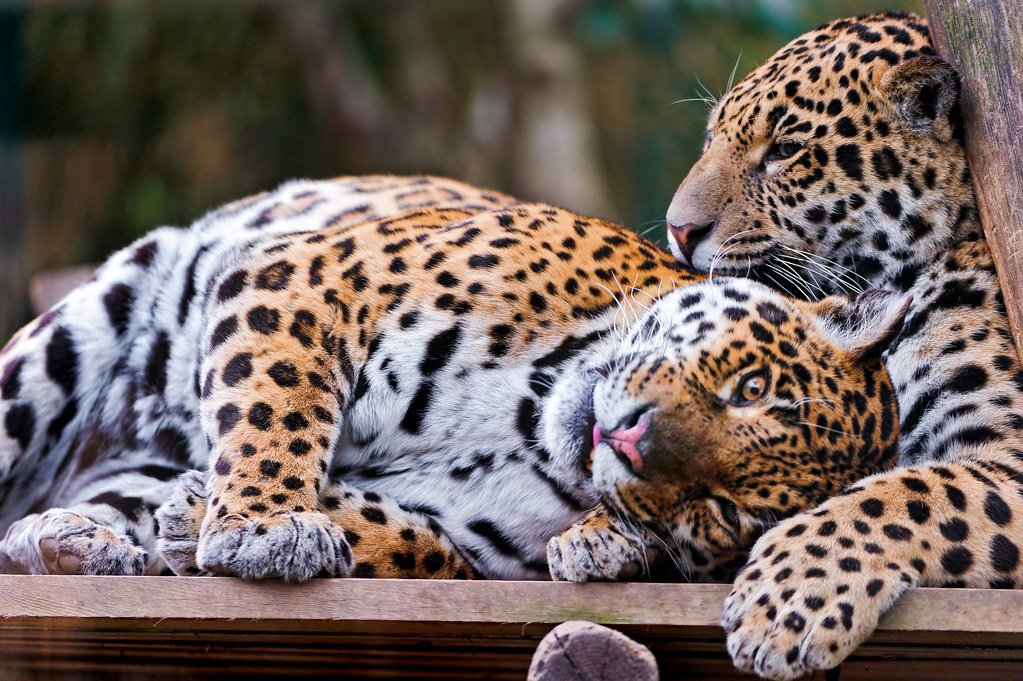
Social structures also play a role in survival. Lions, for instance, live in prides, which provides multiple advantages such as cooperative hunting and defense of territory. This social behavior ensures greater success in hunting and protection for their young, especially in harsh conditions.
Reproductive Strategies
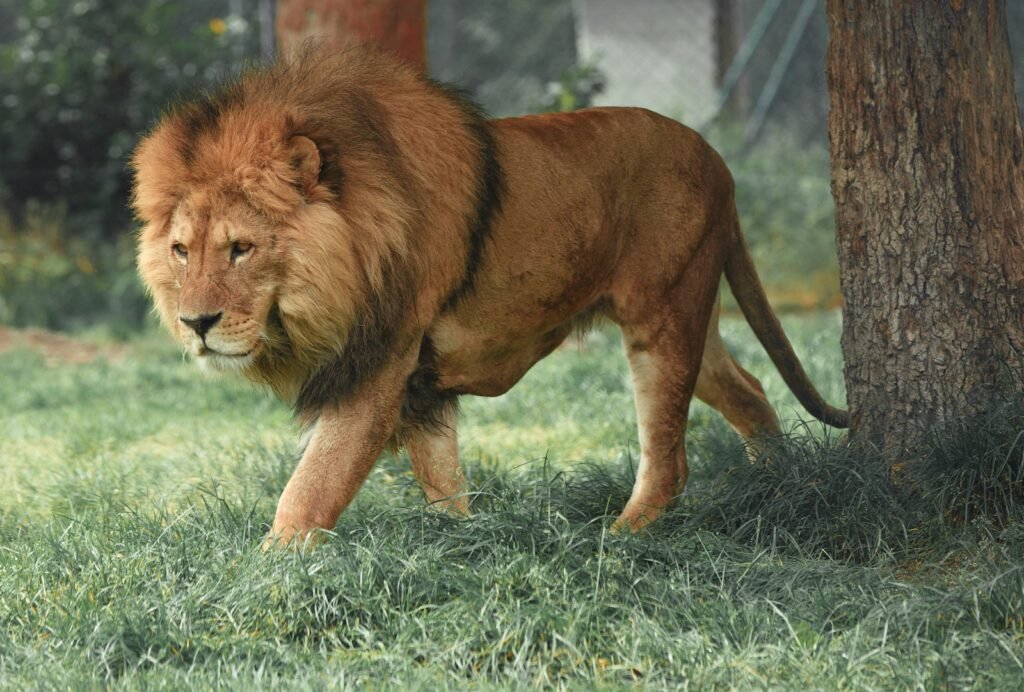
Big cats have unique reproductive adaptations that ensure the survival of their species in extreme climates. Leopards, for instance, have a flexible mating season, which allows them to adapt to the availability of prey and favorable environmental conditions for raising young.
Motherly Instincts and Protections
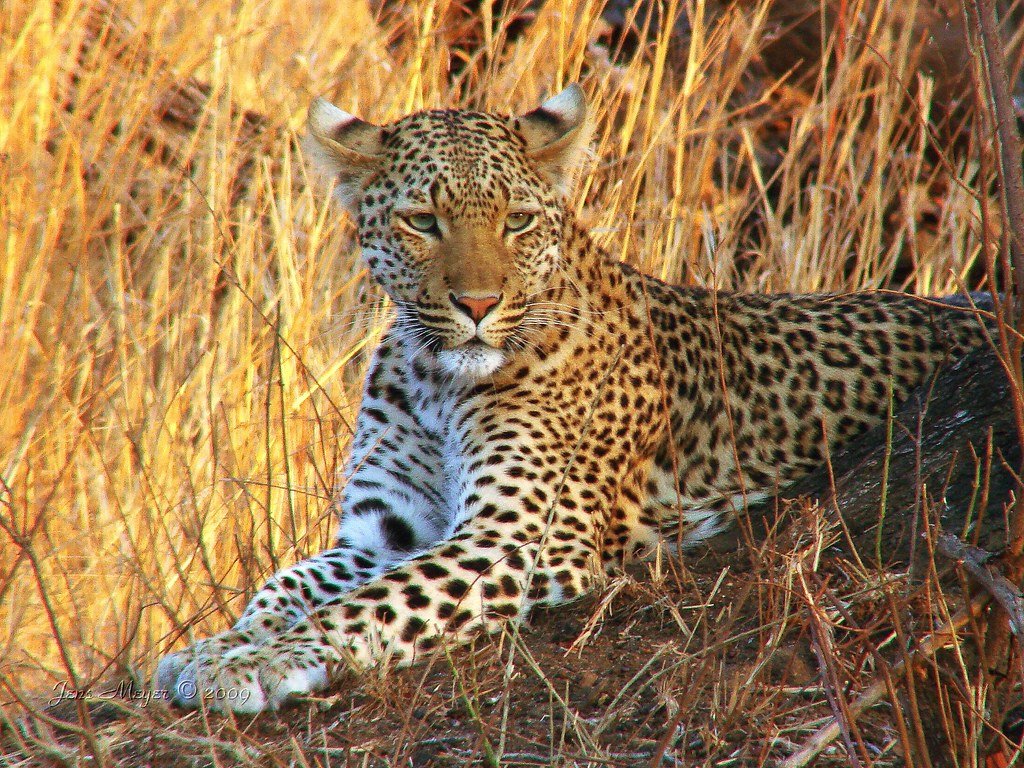
Female big cats possess strong nurturing instincts, crucial for the survival of their cubs. They choose well-concealed dens to protect their young from the elements and potential predators, ensuring shelter and safety during the critical early months of life.
Climate-Induced Challenges
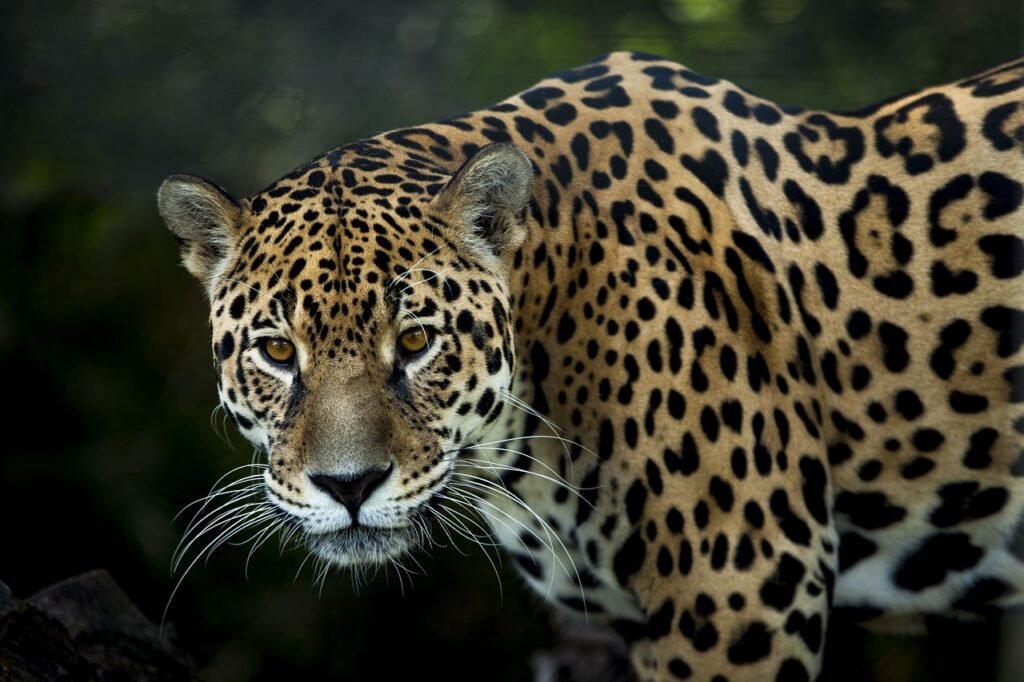
Climate change is presenting new challenges to big cats, such as habitat loss and altered prey availability. These changes threaten their survival, requiring ongoing adaptation and conservation efforts to preserve these iconic species in their natural habitats.
Conservation Efforts
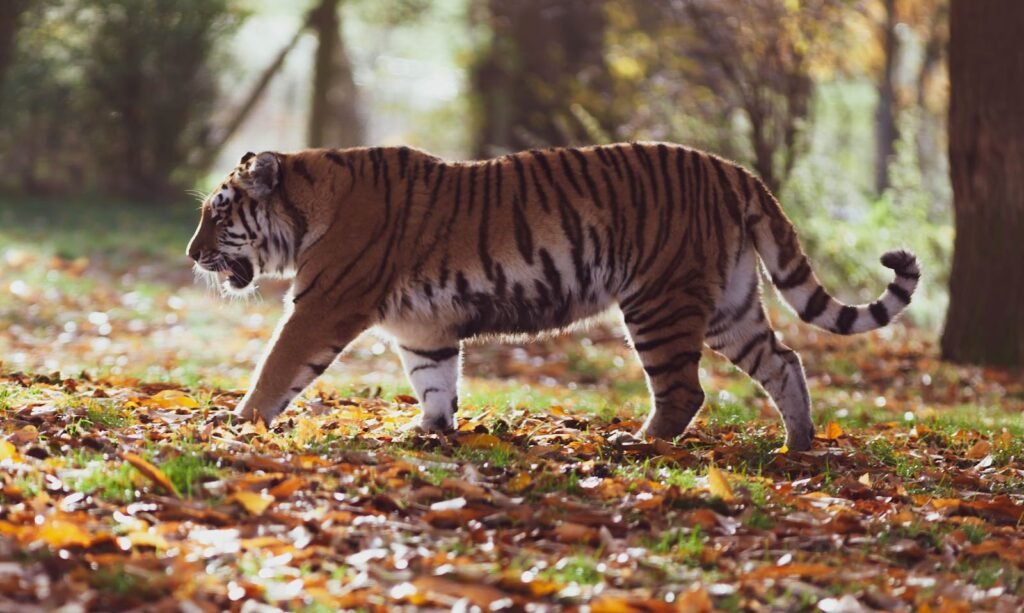
Conservation programs are vital for the sustainability of big cat populations. Initiatives include habitat protection, anti-poaching laws, and ecological research to understand and mitigate the impacts of climate change. Community education also promotes coexistence between human populations and these powerful predators.
Conclusion: The Resilience of Big Cats
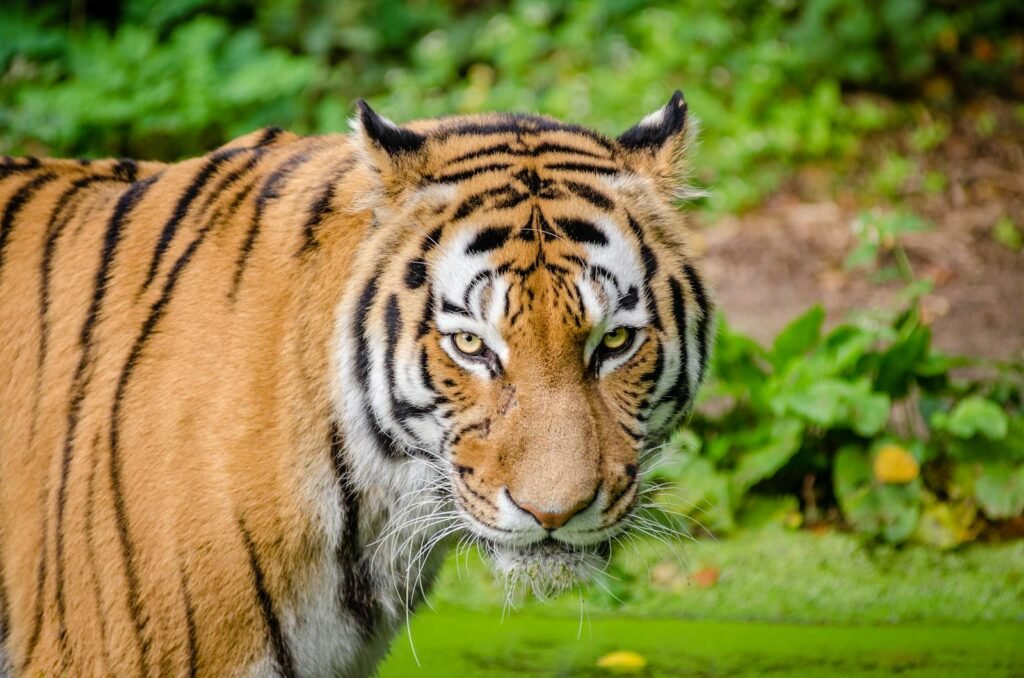
Big cats are extraordinary examples of nature’s adaptability and resilience. From the searing heat of the African savannah to the icy expanses of Siberia, these majestic animals navigate harsh climates with grace and strength. Their ability to survive and thrive in extreme weather conditions provides fascinating insights into their biology and ecology, underscoring the need to protect these remarkable creatures and their habitats for generations to come.
Hi, I’m Bola, a passionate writer and creative strategist with a knack for crafting compelling content that educates, inspires, and connects. Over the years, I’ve honed my skills across various writing fields, including content creation, copywriting, online course development, and video scriptwriting.
When I’m not at my desk, you’ll find me exploring new ideas, reading books, or brainstorming creative ways to solve challenges. I believe that words have the power to transform, and I’m here to help you leverage that power for success.
Thanks for stopping by, Keep coming to this website to checkout new articles form me. You’d always love it!






